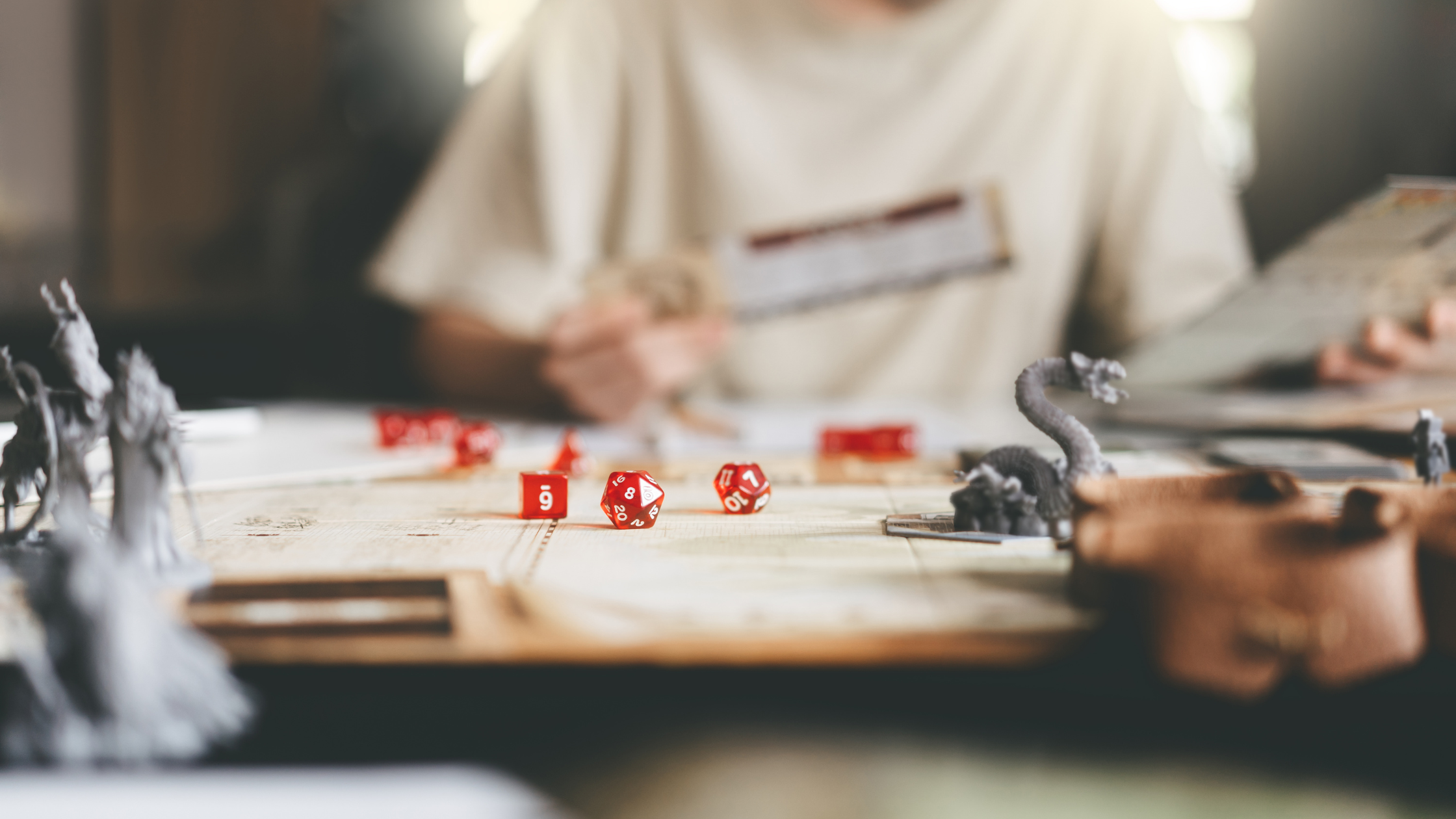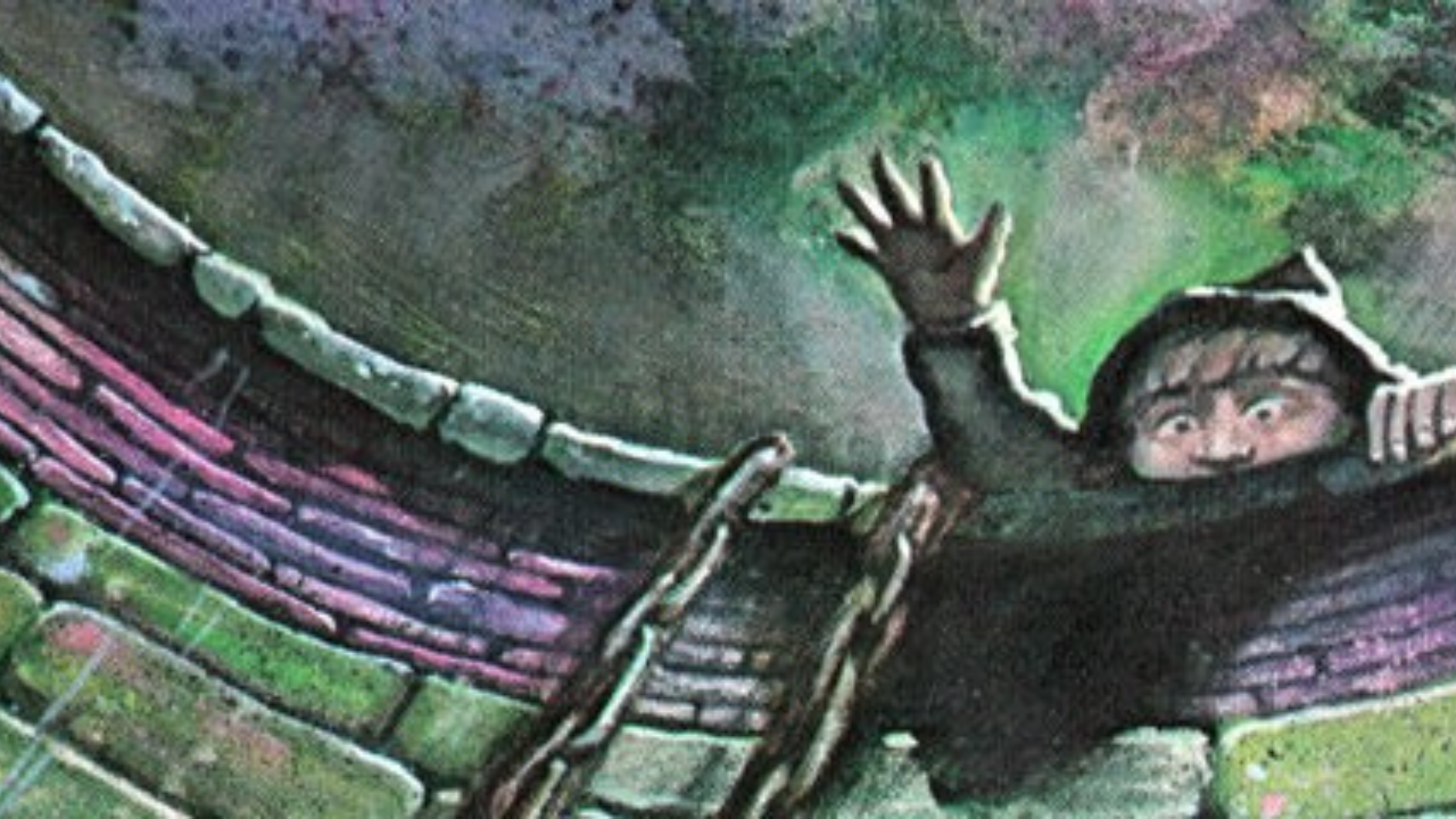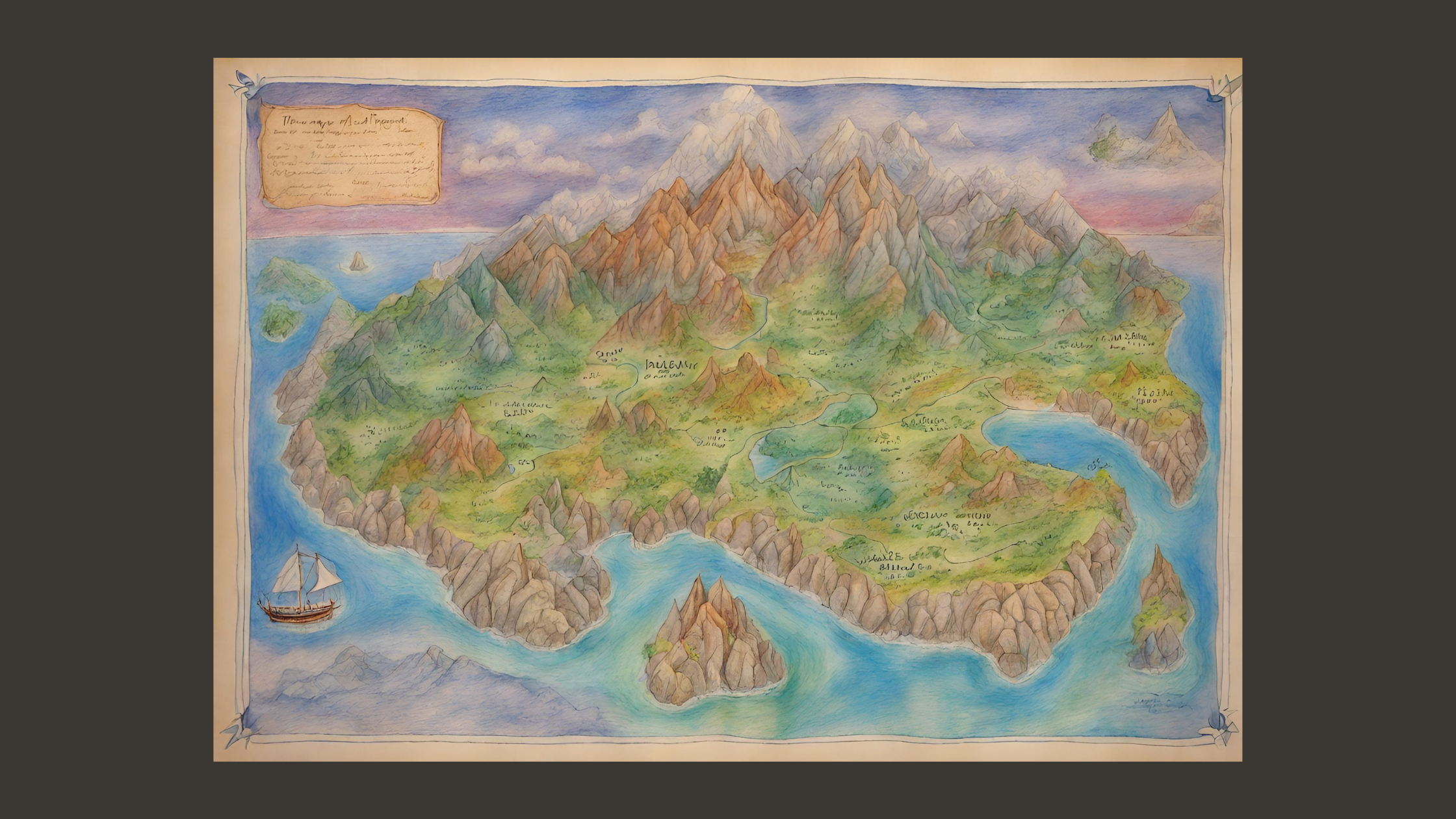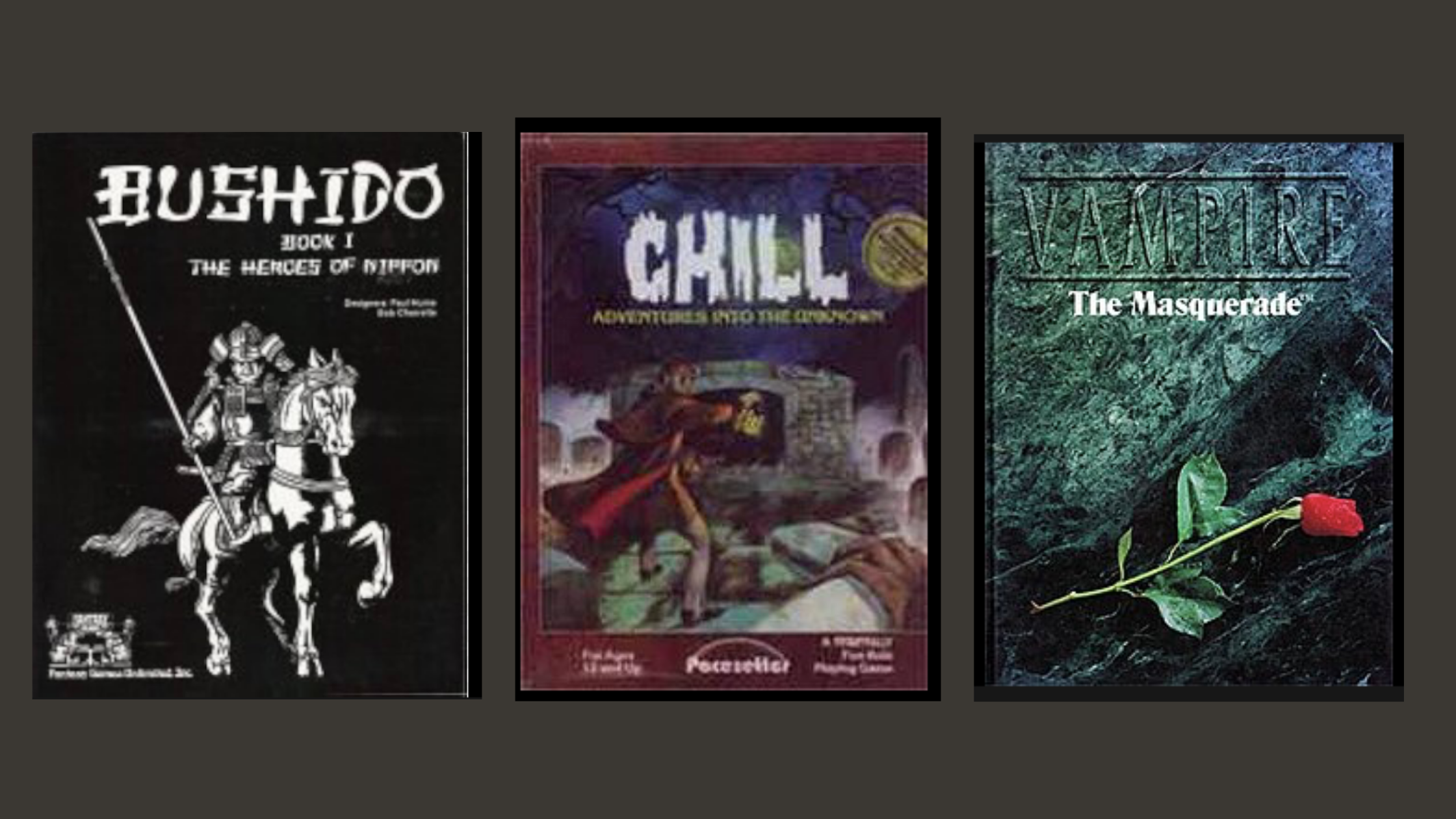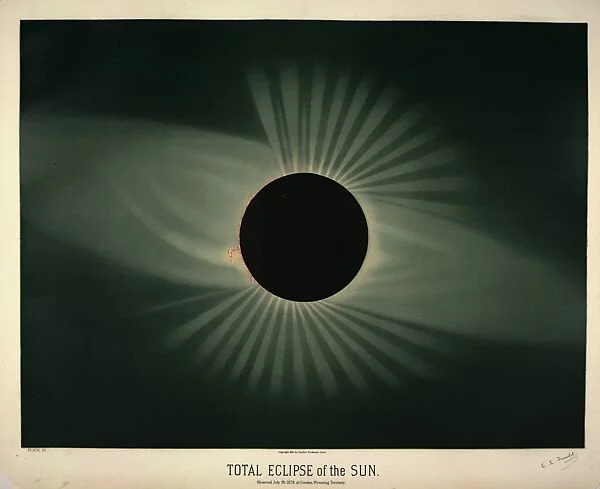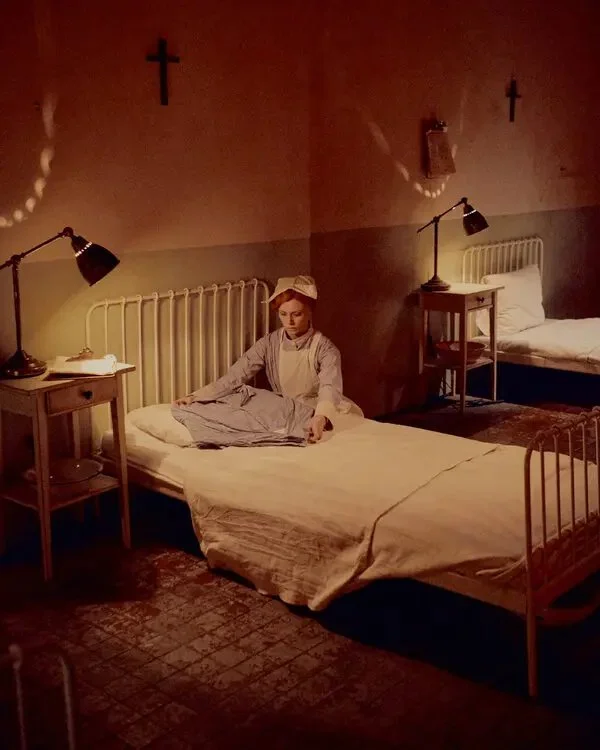Confessions of a World Building Junkie, Part 1.
I have been playing role-playing games since the age of 9 when my father, who co-authored a gaming system with his friend Derek called Infinity, ran a scenario in which my two older cousins, Shawn and Dawn, and myself played a squad of commandos directed to save a group of scientists held captive in a three-story home by a group of enemy combatants. We gathered in the early morning to surveil our guards and devise a plan. Then, under over of night, we began the assault. We scaled the stone wall that surrounded the property, but before we could manage to enter the house phosphorus grenades exploded all around. We perished on the lawn. At least I did. One of my cousins may have made it inside. I can’t quite recall. It was over 40 years ago. I was hooked.
I grew up in a home with framed illustrations of iconic moments from the Lord of the Rings series. My favorite: I gazed at a scene from the perspective of down the well in Moria as Peregrin Took leans over the edge with a pebble pinched between his fingers poised to drop it just to see how deep the well is. Remember this moment? In Peter Jackson’s movie rendition Peregrin knocks over a whole bucket and chain for more comic effect. Either way, the sounds bring disaster upon the Fellowship.
I grew up playing board games, mostly of the war variety. I began with basic ones like Stratego, eventually learning more complicated systems like Wooden Ships and Iron Men, and finally graduating to the master class of Squad Leader, in which we replayed WWII battles that took hours upon hours to complete. Rooting out Bugs in Starship Troopers was always a good evening. Dungeon, the gateway board game of Dungeons and Dragons, became very popular. As was Survive!, in which you started at the top of a volcano on a jungle island and raced to find a boat and escape before being obliterated by the inevitable eruption. The list goes on and on.
You get the point. I was raised in an atmosphere that primed me to become a role-playing addict. I probably had no choice. That was me in Stranger Things, 11 years old in 1983, riding my bike with a gaggle of friends in a small town, mine was Holland, Michigan not Hawkins, Indiana, playing Dungeons and Dragons and wishing to God that we could find a demagorgon or mad scientist.
I drew maps of fantasy worlds regularly, complete with misty mountain ranges and lost islands at sea. I created NPCs (non-player characters) to populate these worlds such as Gustav, the gruff and condescending gnome detective decked out with useful and at times faulty contraptions who always had a nefarious job for the characters to complete. I built theological empires that crushed the will of its citizens (this one is not so fantastical). I spent as much time as I could imagining these other worlds.
Anyone remember Mazes and Monsters the made for TV movie starring Tom Hanks in which he plays a young man who loses his grasp on reality and eventually stabs someone thinking that person was a monster? My mother was concerned I might do that.
(If you’re lost at all by the titles or jargon, don’t worry, you certainly know someone who plays role-playing games either openly or secretly. Ask around, they can walk you through this blog post.)
It was early high school when I found myself going to the mall and visiting the bookstore beside the video arcade to obsess over the different gaming systems. If I couldn’t afford them I simply opened them and read the rule books of different gaming systems in the bookstore, and yes, store managers do not like you cutting the plastic, opening the boxes and sitting on the aisle floor for an afternoon read. I got busted for that. But, I digested so many systems: GURPs, Bushido, Vampire: The Masquerade, Pirates and Plunder, Rune Quest, Paranoia, Call of Cthulhu. Some my friends and I played regularly, like Chill, Shadowrun, and Warhammer, but most I just read by myself. I loved the rules of combat, the method in which characters were created, but most importantly, I loved devouring the descriptions of the different worlds that these games lived in. You see, I was addicted to World Building.
Yes, I love role-playing games, but in my 20’s, I stopped playing them so much. Not sure why. Maybe because it was tougher then to find a group of like-minded nerds. It’s not like today when they’re everywhere. Also, drinking and role-playing games tend to collide in a mess of futility, and drinking had become quite popular. And I had discovered writing, and the art world.
So, the games slipped away, but what I never lost a passion for is the world building. Creating political systems, economic systems, river docks, bar names, poisonous mushrooms, disgusting regional recipes. The task of creating a fully realized fictional world is just simply a never-ending joy.
Terry’s set for Onērus at Nordo in 2017
I could go on and on about world building. I could talk about how writing and truly any art springs from a fictional world that bubbles in the mind. I could, and probably did in this blog already, talk about how the magic of world building for fantasy and science fiction novels gave birth to role-playing games, and how those games in turn have laid the foundation for the immersive arts that are exploding today!
Read more of Terry’s reviews on immersive games here, and here.
At Nordo, we are not only writing business plans and looking for buildings to house the next iteration. We are also constructing the infrastructure for the next world of stories. It’s already begun in daydreams using flights of fancy. Beakers bubble. Characters talk. Tales weave. And in fact, in case you missed it, you can help guide the story through our Portal Polls.
This concludes Confessions of.a World Building Junkie Part 1. Keep following for Part 2, in which I delve into my current obsession, The Laboratory of Stories.
Join in and become the first to peak into our latest world: The Laboratory of Stories. More prizes await for those who play. You can do this by logging on to Instagram and finding @CafeNordo on Tuesday, October 24th . You’ll play a series of polls and your answers will help us visit the next star in our creative universe.


